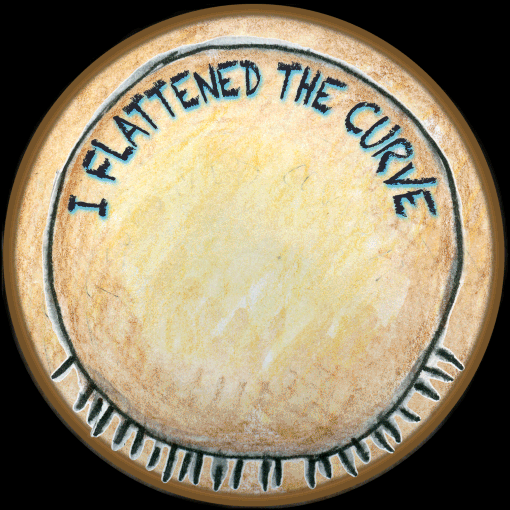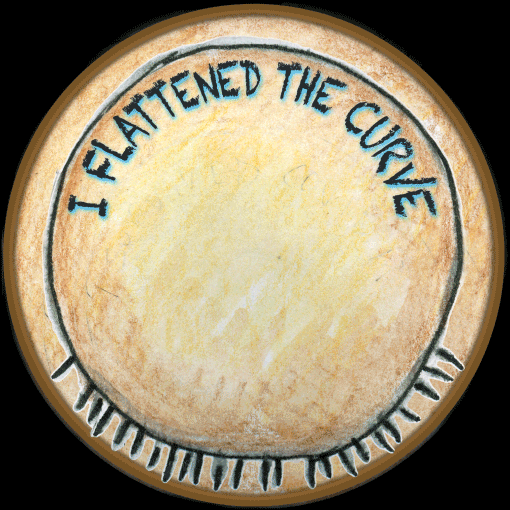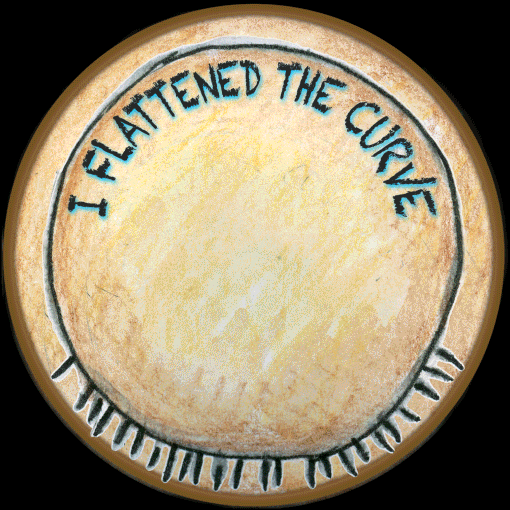Welcome
Animating the Sea: Motion, Light and Eyes was a full time Evergreen academic program in Spring 2020 that examined marine life from the perspectives of science, European science history, and the visual and media arts. We focused on two major categories of organisms’ biology: their light sensing capacities, and their locomotion. Students in the program integrated their learning of animation, scientific illustration and marine biology to research, write about and represent the species they studied. This website of monographs is the culmination of that work.

This and three other animated “merit badges” honor our students who engaged with this work and learning in spite of the pandemic and its consequences.
A theme throughout the quarter was the ways that human perceptions and understandings are conditioned by the limits of our senses, the various tools and forms of media we use to reach beyond those limits, and the learned paradigms that frame how we experience the world. A significant part of our syllabus investigated the concept of umwelt, how individuals experience the world given the capacities and limits of their own perceptual systems. Based on their research, students were asked to imagine the umwelt of the organism they studied, and to attempt to represent it.

Students produced these monographs during the 2020 Covid-19 pandemic, working remotely and facing a variety of challenges arising from social distancing and Stay at Home orders. The idea of technological mediation of one’s experiences became real in our Zoom meetings, Zoom animation lessons and Zoom tours of the campus aquaria. Students demonstrated resilience and creativity despite lack of access to on-campus facilities, face-to-face seminar discussions and peer reviews that are the bedrock of an Evergreen education. They generously shared their knowledge, skills and perspectives with each other, gaining experience in collaboration, DIY home animation production, and using digital tools to present creative and scientific work.
As a final step, students collaborated on finding connections among their organisms according to characteristics and ecological relationships. From those connections, they developed the categories listed in the menu under Ecological Interactions and Behaviors. We invite you to explore the site and learn about the remarkable diversity of marine life and how different species may experience their world.

